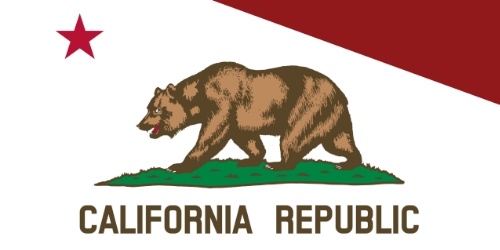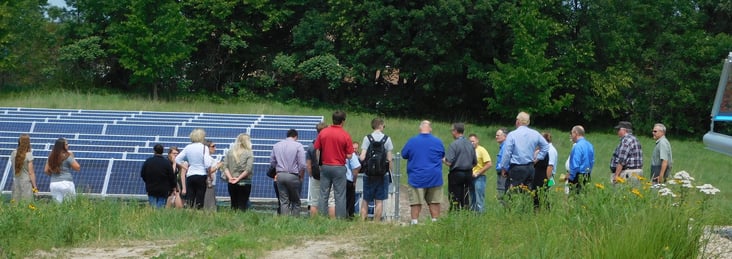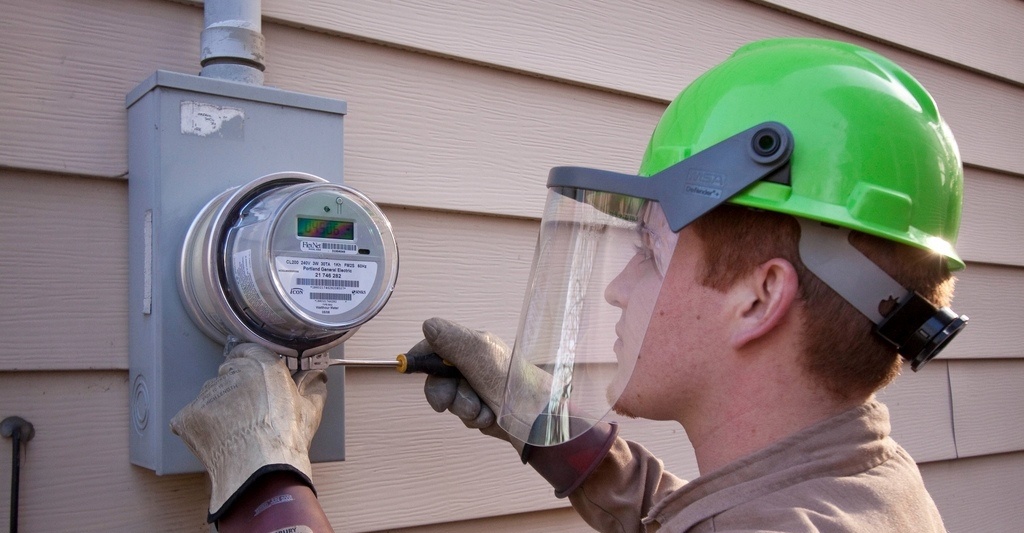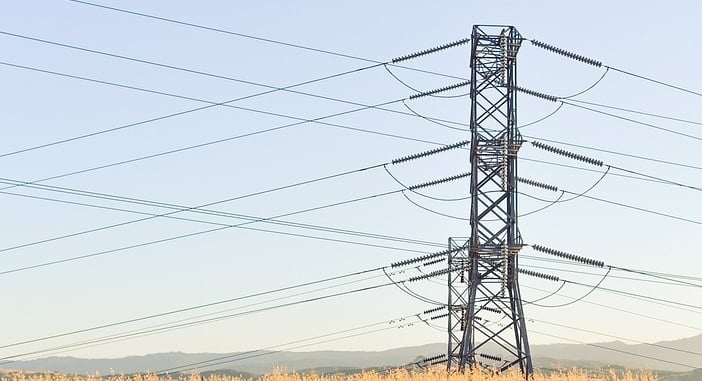
In recent months, Nevada has been the epicenter of the net metering debate nationally. The dispute came to a head on December 23, when the Public Utilities Commission of Nevada (PUCN) approved a new two-part net metering tariff that slashed the existing retail rate and tacked on a higher fixed charge, phased in over four years. The new net metering rules applied not only to new solar customers but existing ones as well. On February 12, the PUCN revised the order, extending the rate phase-in period from four to 12 years, but again without grandfathering existing solar owners. It seemed a watershed moment in the growing conflict over distributed generation connected to the grid - and for the rooftop solar industry that supplies it. But it is far from the last word.



